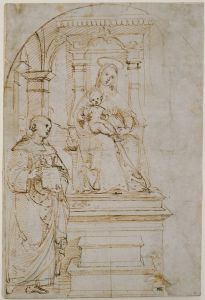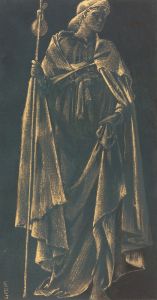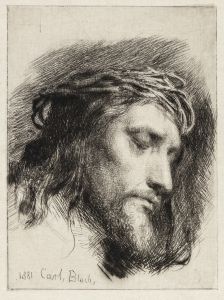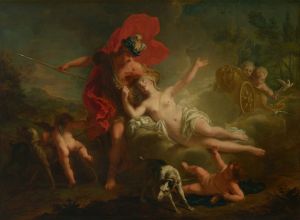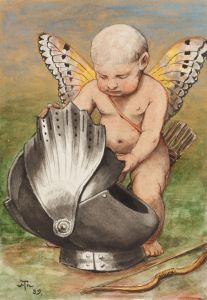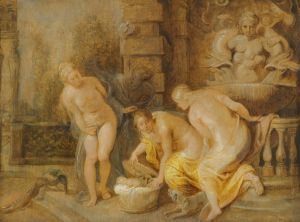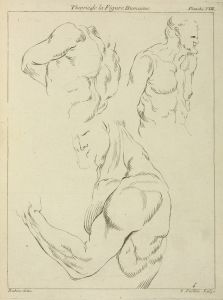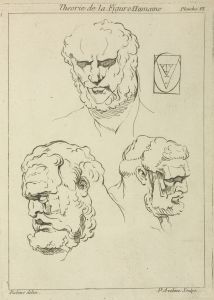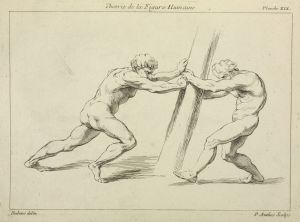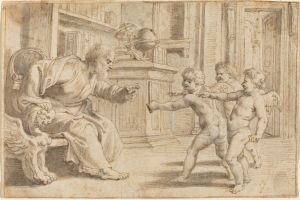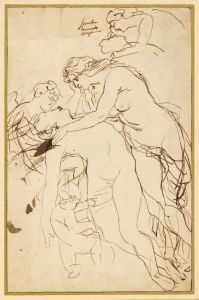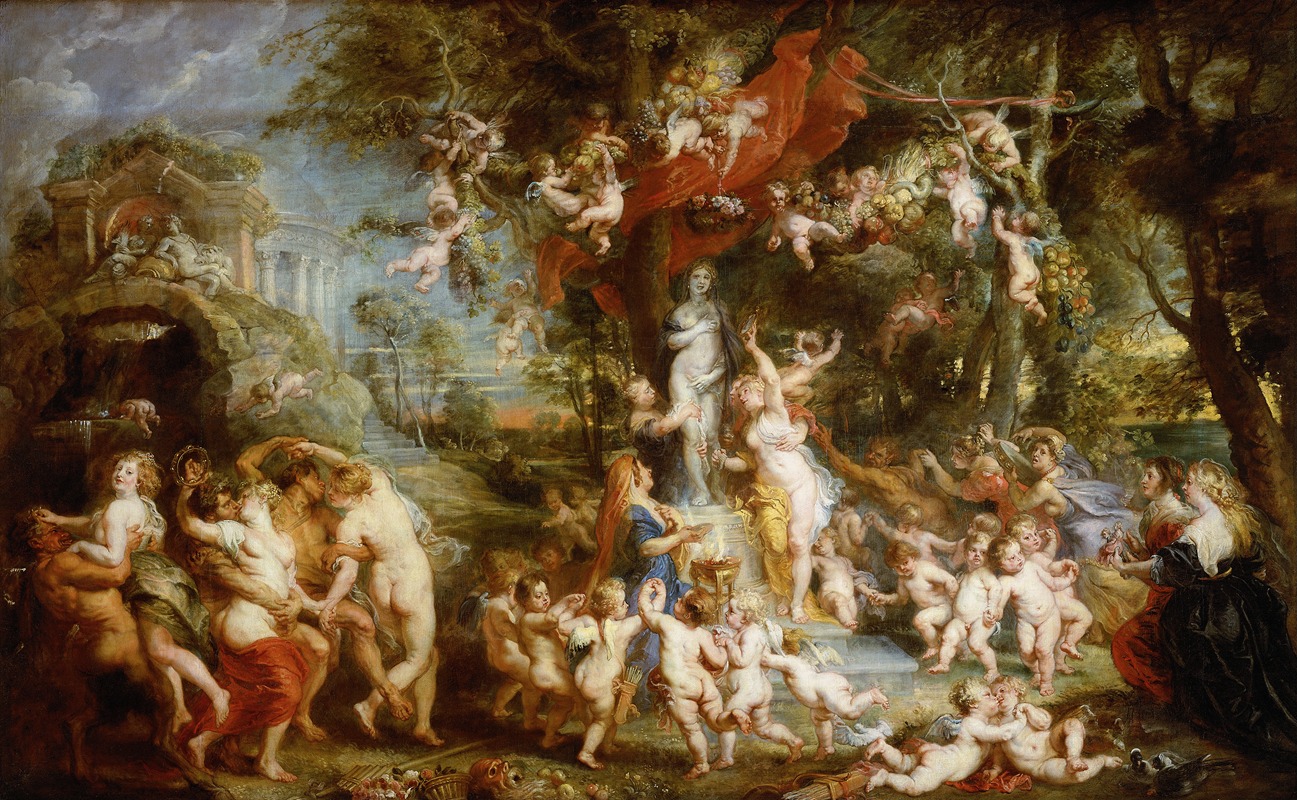
The Feast of Venus
A hand-painted replica of Peter Paul Rubens’s masterpiece The Feast of Venus, meticulously crafted by professional artists to capture the true essence of the original. Each piece is created with museum-quality canvas and rare mineral pigments, carefully painted by experienced artists with delicate brushstrokes and rich, layered colors to perfectly recreate the texture of the original artwork. Unlike machine-printed reproductions, this hand-painted version brings the painting to life, infused with the artist’s emotions and skill in every stroke. Whether for personal collection or home decoration, it instantly elevates the artistic atmosphere of any space.
The Feast of Venus is a painting by the Flemish Baroque artist Peter Paul Rubens, created around 1635–1636. The artwork is an oil on canvas and is currently housed in the Kunsthistorisches Museum in Vienna, Austria. This painting is a vivid and dynamic depiction of a bacchanalian celebration dedicated to Venus, the Roman goddess of love, beauty, and fertility.
The composition of The Feast of Venus is characterized by its energetic and crowded scene, filled with figures engaged in revelry. Rubens portrays a multitude of nude and semi-nude figures, including men, women, and cherubs, all participating in a festival honoring Venus. The central focus of the painting is a statue of Venus, adorned with garlands of flowers, around which the celebrants gather. The figures are depicted in various poses, dancing, playing music, and offering gifts to the goddess. The painting is rich in movement and emotion, showcasing Rubens' mastery of anatomy, texture, and the use of vibrant colors.
Rubens' work reflects the influence of classical antiquity, as he often drew inspiration from Greco-Roman mythology and art. The theme of The Feast of Venus aligns with the Baroque period's fascination with sensuality, exuberance, and the celebration of earthly pleasures. The painting also demonstrates Rubens' ability to convey a sense of vitality and abundance, hallmarks of his artistic style.
The artwork is notable for its intricate details and the interplay of light and shadow, which enhance the three-dimensionality of the figures and the overall dynamism of the scene. Rubens' use of warm, glowing tones contributes to the festive and opulent atmosphere of the painting.
While the exact commission details of The Feast of Venus are not documented, it is believed to have been created during Rubens' later years, a period when he was at the height of his artistic career and produced some of his most celebrated works. The painting reflects his deep understanding of classical themes and his ability to reinterpret them through the lens of Baroque aesthetics.
Today, The Feast of Venus is regarded as an exemplary work of Rubens' mythological paintings and continues to be admired for its technical brilliance and the exuberance of its composition. It remains a significant piece within the collection of the Kunsthistorisches Museum, attracting art enthusiasts and scholars alike.





